Ceramic dispersant is a new generation of electrolyte-type high-efficiency ceramic grinding aid water reducer and enhancer, which can quickly and thoroughly disperse various types of ceramic slurries. Ceramic dispersant is mainly used for grinding and pulping of ceramic raw materials, which can increase the density, strength and brightness of ceramic embryos. This product has good dispersion stability and effect, and is widely used in electronic ceramics and special ceramics industries.
Technical indicators of ceramic dispersant:
Appearance: colorless and transparent liquid;
PH value: 6-7;
Specific gravity: 1.13±0.02g/ml;
Solubility: miscible with water and oil products in any proportion;
In the preparation process of ceramic slurry, ceramic dispersant plays several roles at the same time, including wetting, grinding aid, dilution and stabilization, which plays an important role in improving the performance of ceramic products and reducing manufacturing costs. The following are some common roles.
- Wetting
Wetting usually refers to the process in which the interface between particles is replaced by the interface between particles and solvents, dispersants, etc. Powders have better dispersibility in solutions with lower critical surface tension than their own, that is, in the dispersion medium with the same surface tension, the higher the surface tension of the powder, the smaller the contact angle between the medium and the particles, and the better the wetting and dispersibility. In order to improve the dispersibility of the powder, effective additives must be used to reduce the surface tension of the medium.
- Grinding effect
Raw material crushing is an important link in the ceramic preparation process, especially crushing to micron-level particle size is more energy-consuming and time-consuming. In the wet ball milling process, due to the mutual collision, proximity and attraction of molecules or particles, powders are often prone to agglomeration, and the phenomenon of “reverse grinding” occurs, that is, in the crushing process, when the material reaches a certain fineness and continues to grind, the phenomenon of grinding and becoming coarser will appear. The addition of dispersants can be firmly adsorbed on the cracks of the particles and can penetrate deep into the cracks. The new interface formed during the particle crushing process is quickly wrapped by the dispersant, which hinders the recombination of the new interface and accelerates the crushing process, significantly shortens the crushing time, saves energy consumption, and improves grinding efficiency.
- Dilution effect
Ceramic slurry requires both high solid content and good fluidity. Adding a certain amount of dispersant can effectively reduce the viscosity of the slurry, and at the same time can appropriately reduce the amount of medium used, which is conducive to reducing energy consumption in the subsequent processing process.
- Stabilization effect
Without adding dispersant, particles in water are mainly affected by the following four forces: gravity, buoyancy, particle/water interfacial tension and particle interaction, which makes particles easy to settle and the slurry stability deteriorates; after adding dispersant, the dispersant is adsorbed on the surface of the particles, and the original particle surface is covered by the dispersant, which hinders particle agglomeration and improves the suspension and stability of the slurry.
Ceramic dispersant is a new generation of electrolyte-type high-efficiency ceramic grinding aid and water reducer and enhancer. It can quickly and thoroughly disperse various types of ceramic slurries, ensure that the ceramic slurry has good dispersion fluidity, and at the same time reduce its water content. It has strong and efficient, stable, strong adaptability, neutral (PH value: 6~7), non-toxic, non-corrosive and odorless. Ceramic dispersants have good dispersion stability and effects and are widely used in electronic ceramics and special ceramics industries.

